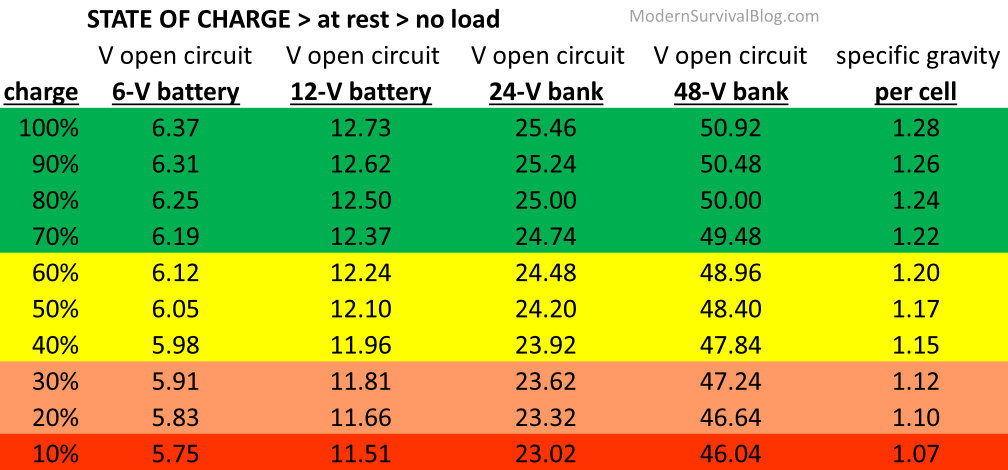
 1
1




In Awe,
Joe
 1
1




In Awe,
Joe
 5
5





 4
4




Failure is a sign of activity and learning. It had nothing to do with under achievement
I never want to have a team member who has never failed - They are not doing!! 👍
 1
1




Joe Krein wrote:Hi, everyone! Thanks for letting me pick your collective Brain!
I recently purchased a deep cycle battery, a pure sine wave inverter, and a battery re-conditioner/trickle charger. I intend to build a small solar array in the spring. In the mean time, I am experimenting with charging the battery with my 1250 watt generator => trickle charger => battery. I know that this is a terribly inefficient way to go about things, but it's just a temporary way to begin the learning process about battery power and a way to avoid having to transport the battery back and forth to charge it from house power, so please forgive the transgression!
In any case, all that I typically power with the battery is a 50' run of LED rope lights out at my yurt. They are 110V plug-in type lights, plugged right into the outlet on the inverter. I believe the draw is pretty low (approx 33W) but even once the battery is fully charged to 12.5 or 13V, I can not run the lights very long (approx 45 minutes) before the inverter begins to alarm, indicating that the voltage of the battery has dropped below some critical threshold. (I think at that point the battery is down to about 11 - 11.5V).
Does this make sense to anyone with more than my very rudimentary electrical understanding (i.e. me)? I had hoped that the lights would just keep running until the battery was fully drained... what gives?
Looking forward to where this leads,
Joe




John Daley Bendigo, Australia The Enemy of progress is the hope of a perfect plan
Benefits of rainfall collection https://permies.com/t/88043/benefits-rainfall-collection
GOOD DEBT/ BAD DEBT https://permies.com/t/179218/mortgages-good-debt-bad-debt
 1
1





The holy trinity of wholesomeness: Fred Rogers - be kind to others; Steve Irwin - be kind to animals; Bob Ross - be kind to yourself
 1
1




 3
3





|
"Don't believe every tiny ad you see on the internet. But this one is rock solid." - George Washington
Freaky Cheap Heat - 2 hour movie - HD streaming
https://permies.com/wiki/238453/Freaky-Cheap-Heat-hour-movie
|





